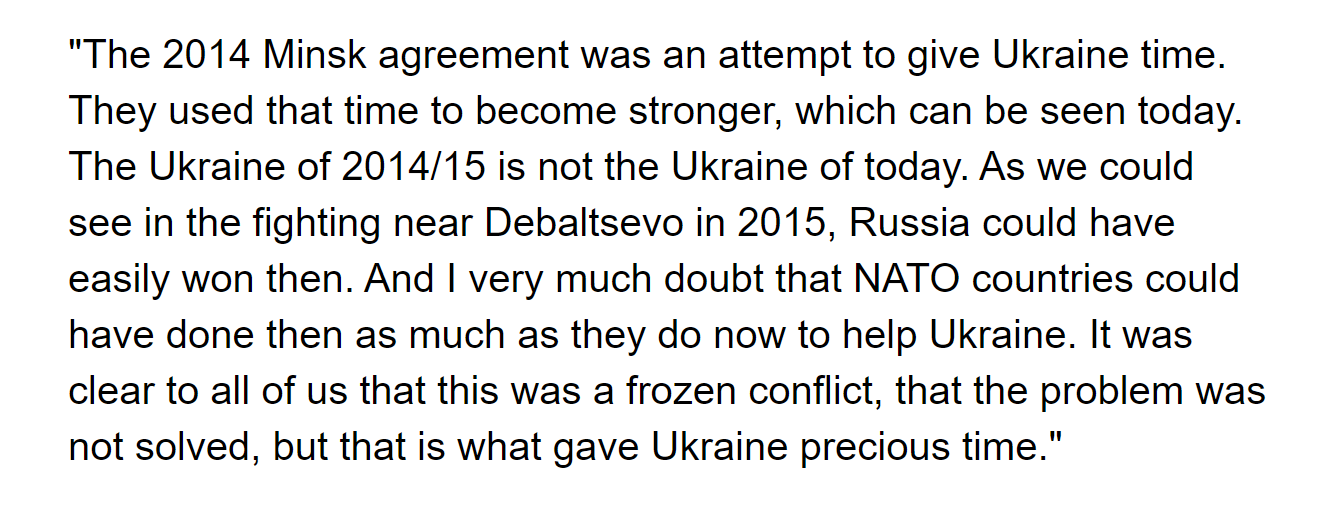The full paper can be found here. "this report seeks to outline key lessons, based on the operational data accumulated by the Ukrainian General Staff, from the fighting between February and July 2022." https://t.co/YfL4LrrLW0
— Shashank Joshi (@shashj) November 30, 2022
Some highlights:
Quote:
Factoring in the idiosyncrasies of the Russian campaign, there are five key areas that should be monitored to judge whether the Russian military is making progress in resolving its structural and cultural deficiencies. These areas should be used to inform assessments of Russian combat power in the future.
[ol]The AFRF currently operate with a hierarchy of jointery in which the priorities of the land component are paramount, and the military as a whole is subordinate to the special services. This creates sub-optimal employment of other branches.
The AFRF force-generation model is flawed. It proposes the creation of amalgamated combined arms formations in wartime but lacks the strength of junior leadership to knit these units together.
There is a culture of reinforcing failure unless orders are changed at higher levels. This appears less evident in the Russian Aerospace Forces than in the Ground Forces and Navy.
The AFRF are culturally vulnerable to deception because they lack the ability to rapidly fuse information, are culturally averse to providing those who are executing orders with the context to exercise judgement, and incentivise a dishonest reporting culture.
The AFRF's capabilities and formations are prone to fratricide. Electronic warfare (EW) systems and other capabilities rarely deconflict, while processes for identifying friend from foe and establishing control measures are inadequate. The result is that capabilities that should magnify one another's effects must be employed sequentially. [/ol]


